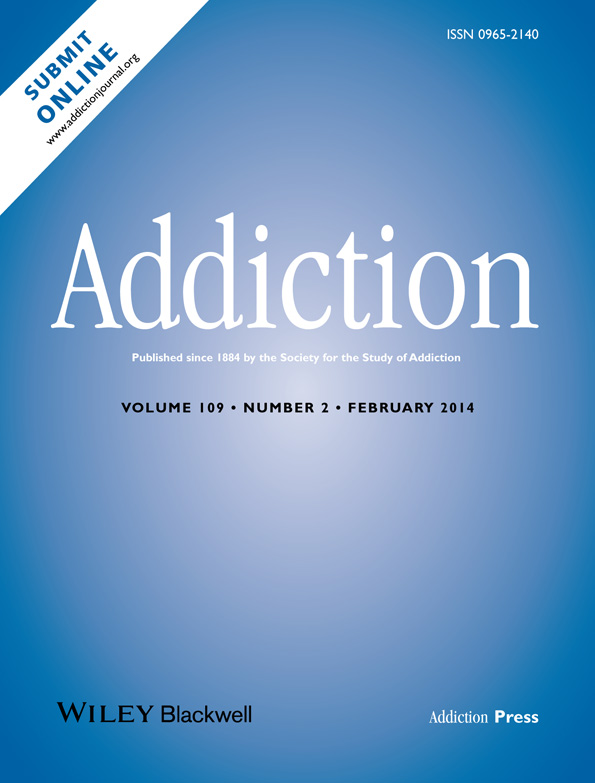Family transitions and changes in drinking from adolescence through mid-life
Abstract
Aims
To examine how changes in social roles, particularly in the family, predict rises and falls in alcohol consumption from ages 16 to 50 years.
Design
Longitudinal data from the National Child Development Study.
Setting
The birth cohort includes 99% of British infants born in 1 week in 1958.
Participants
After initial assessment of 17 415 infants, the cohort was interviewed at ages 7, 11, 16, 23, 33, 42, 46, and 50. This study uses the six adolescent to adult waves (n = 7212 women, 7377 men).
Measurements
Alcohol use [i.e. quantity consumed in past week and heavy-daily drinking), symptoms of problem drinking (i.e. Cut-down, Annoyed, Guilt, Eye-opener (CAGE)] and social roles (i.e. union formation, parenthood and employment).
Findings
Estimates from fixed-effects models demonstrate that alcohol use is lower when women reside with child(ren) under age 5, compared to occasions when they do not [estimate = −0.38, 95% confidence interval (CI) = −0.43, −0.32 for past week units; odds ratio (OR) = 0.47, CI = 0.36, 0.62 for heavy-daily drinking; OR = 0.66, CI = 0.50, 0.87 for CAGE symptoms]. Associations are similar for men (estimate = −0.29, CI = −0.36, −0.23; OR = 0.64, CI = 0.53, 0.77; OR = 0.69, CI = 0.51, 0.94, respectively). When women and men are married, working and residing with young child(ren), past week units (estimate = −0.51, CI = −0.61, −0.41 for women; estimate = −0.34, CI = −0.44, −0.25 for men), heavy-daily drinking (OR = 0.49, CI = 0.30, 0.79 for women; OR = 0.47, CI = 0.35, 0.64 for men) and CAGE (OR = 0.44, CI = 0.23, 0.83 for women; OR = 0.39, CI = 0.18, 0.82 for men) are lower compared to occasions when they are not in these roles.
Conclusions
From late adolescence to mid-life, women and men in Britain are most at risk for higher levels of alcohol consumption and problem drinking when family roles are absent.




